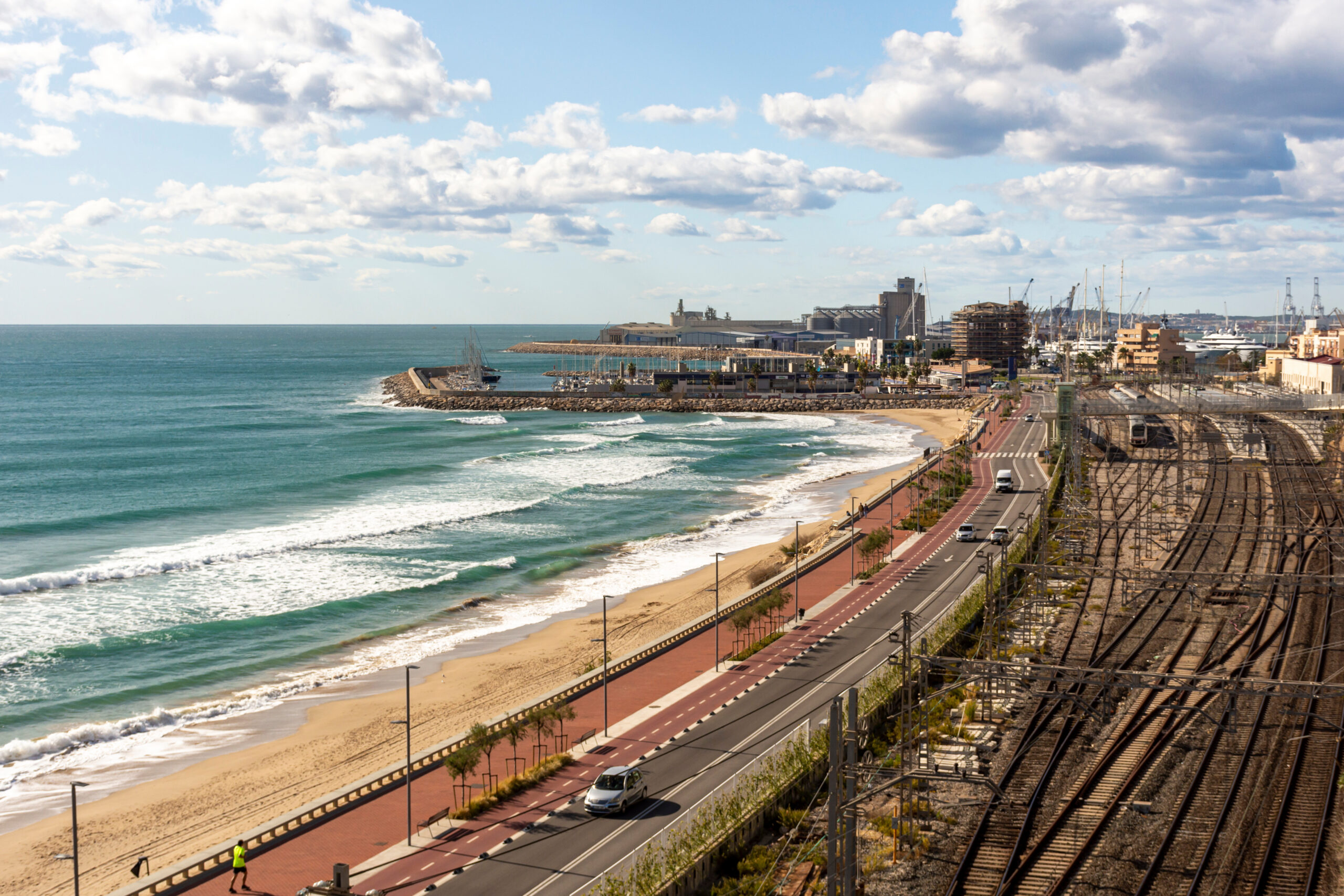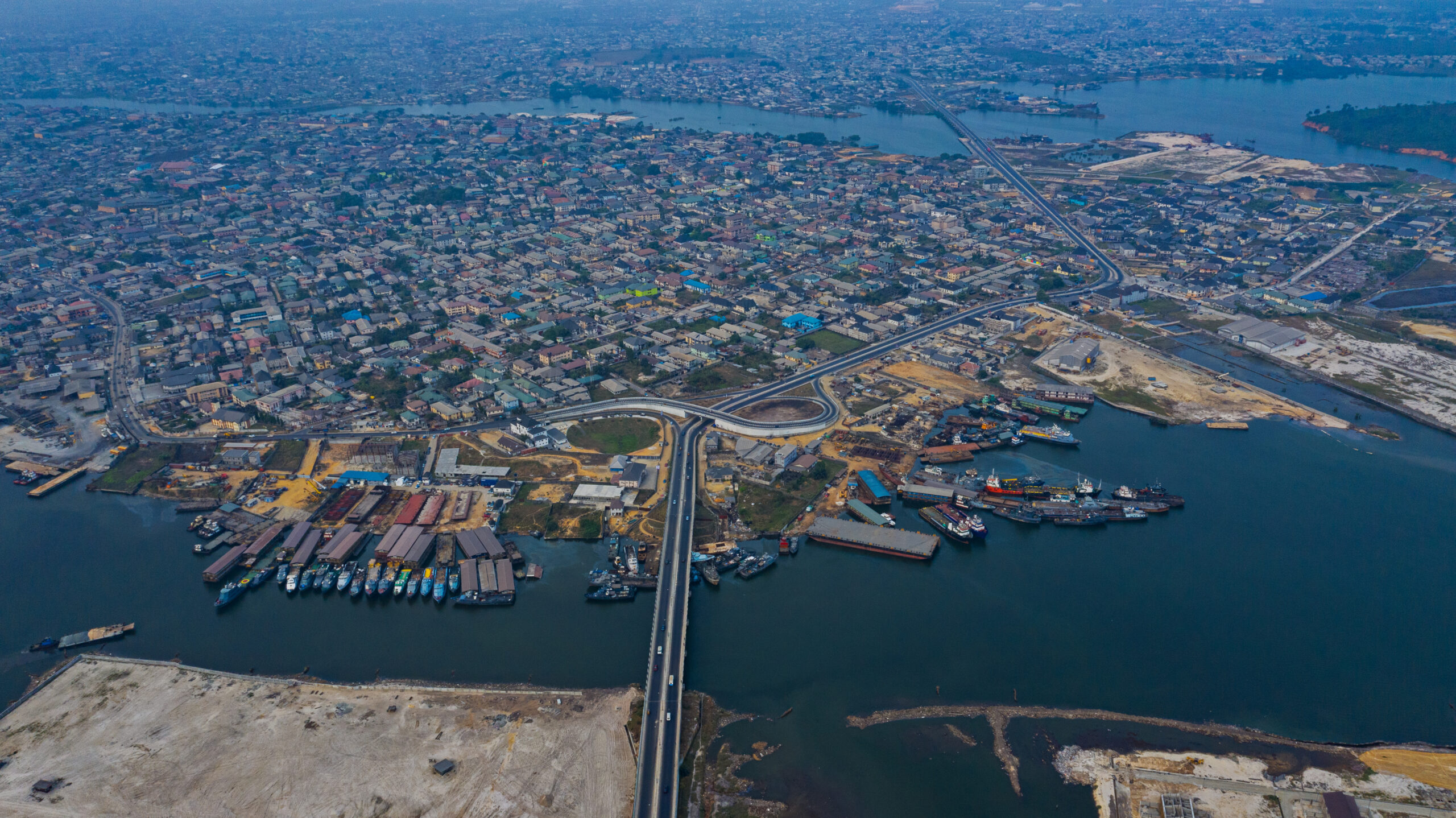Global Plastics Treaty reaches pivotal moment with 4th round of talks
As the 4th round of talks get underway this week in Ottowa, scientists, campaigners, and a coalition of countries are calling for substantive progress on a global plastics treaty that would place restrictions on production. Plastics and petrochemical producers are trying to prevent that outcome.

The latest round of negotiations over a highly-anticipated legally binding international agreement on plastics will begin in Ottawa on April 23rd. The plastics and petrochemical industries are working overtime to narrow the scope of the talks to avoid limits on the production of plastics. But scientists insist that curtailing production must be a core part of the agreement if the world is to avoid blowing past climate targets.
Currently, industrial facilities churn out 400 million tonnes of plastic each year. If business-as-usual trends continue, that figure will triple by 2050.
More than a third of the plastic produced and consumed today is used in single-use packaging, most of which ends up in a landfill after being discarded. Every stage of the plastics life-cycle leaves a toxic trail, inflicting environmental and health harms upstream where plastic is produced, and fouling landscapes and waterways where it is accumulating at alarming rates.
Plastic is made from fossil fuels, so the global plastic crisis is not just one of waste, but one that is inextricably linked to the production and use of oil and gas. The plastics and petrochemical industries account for as much as 8 percent of global greenhouse gas emissions, a figure that is rising rapidly.
With fossil fuel demand in the transportation and electricity sectors expected to decline in the decades to come, plastics will take centre stage for oil and gas producers as a primary source of growth.
However, the substantial and well-documented climate, environmental, and health harms of plastic have sparked worldwide interest in taking action, leading to the 2022 UN resolution that kicked off a process that is intended to culminate in a binding treaty on plastics by the end of 2024. Under the official banner of the Intergovernmental Negotiating Committee (INC), the Ottawa talks, which run through until April 29th at the Shaw convention centre, will be the fourth round (INC-4) of negotiations for the plastics treaty.
A strong plastics treaty that addresses the full lifecycle of plastic has been championed by a group of 64 countries led by Norway and Rwanda, and it includes many countries in Africa, the Pacific Islands, and the European Union. This so-called “High Ambition Coalition” is pushing for binding limits on plastic production.
At the other end of the spectrum is a group made up mostly of major oil producers and consumers — Saudi Arabia, Russia, China, Iran, Bahrain, and Cuba — which are arguing for a treaty that focuses on plastic waste, and excludes limits on production. Critics have dubbed them the “low ambition” coalition.
A small group of countries are negotiating in “bad faith” and they are “well-coordinated,” David Azoulay, environmental health programme director at the Center for International Environmental Law (CIEL), said during an April 15th media briefing.
“The most vocal groups of countries are not necessarily the most numerous, or they usually represent a very small minority,” he said, adding that there is still uncertainty over how the INC will make decisions, which gives that vocal minority significant influence over the process.
What’s at stake in Ottawa
Nevertheless, Azoulay said, there are areas of “convergence” for the talks heading into Ottawa.
For example, just about all countries agree that particular types of problematic plastic, such as plastic used in packaging, needs to be addressed. “There is a general agreement that the treaty should deal with this,” he said.
Other areas where there is little disagreement about what the treaty should cover include waste management, product design, and financing. “Again, the convergence is on the fact that the treaty should address these elements. How it should view those different elements – there’s still a lot of diverging views around this,” he said.
In Ottawa, CIEL said that issues to watch include whether the INC process can make decisions, such as on what should or should not be included in the draft text. The NGO argued that the Ottawa talks need to wrap up with a clean draft text in order to put the INC-5 summit – to be held later this year in Korea — in a good position. And binding measures, not voluntary ones, that include limits on plastic production, must be included, CIEL argued.
Plastic production
The biggest issue of disagreement is how to treat upstream plastic production. Plastic manufacturers, as well as major fossil fuel producers, are vehemently opposed to production restrictions. And they are ramping up their efforts to ensure that the treaty talks stay away from upstream operations.
The third round (INC-3) was held last year in Nairobi, where observers say progress was slow. An estimated 143 fossil fuel and chemical industry lobbyists were on the ground in Nairobi, according to a CIEL analysis. That figure, up 36 percent compared to INC-2, was also larger than the delegations of 70 countries.
CIEL argued that the Nairobi round saw the plastics treaty draft text “balloon to 100 plus pages,” with too many options that were vague and unenforceable, which it blamed on the heavy presence of industry lobbyists. The group warned that “entertaining endless debate by those few who want to block progress at every turn is a recipe for inertia and eventual disaster.”
A 2022 investigation by Reuters found that the American Chemistry Council (ACC), a highly prominent lobbying group for plastic producers in the U.S., and its European counterpart, Plastics Europe, held private meetings with government officials to steer the plastics treaty talks away from limits on production.
In March of this year, the American Chemistry Council sent a letter to President Biden, expressing support for a treaty, but it warned against supporting limits on plastic production.
“We are concerned that the negotiations are moving away from the original intent of the UNEA 5/14 resolution to end plastic pollution and instead turning into an activist wish list to end plastic,” Ross Eisenberg, president of America’s Plastic Makers, a member of ACC, said in a statement.
Eisenberg appeared on a conference panel hosted by the Society for Environmental Journalists in Philadelphia on April 6th, where he echoed that sentiment.
“We very much want to see a treaty. A binding agreement,” he said. “We think that the agreement should focus on ending plastic pollution, which was the assignment from the UN to this process. End plastic pollution, particularly in the marine environment.”
He added: “And certainly not ending plastic production, because of all the reasons we know that plastic is good.”
But international scientists and experts argue that capping production and dramatically reducing it over time is critical.
“There is overwhelming evidence for immediate and decisive action at the global level to cap and phase down plastic production,” a group of 183 scientists from around the world declared two years ago.
A new study from the U.S. government’s Lawrence Berkeley National Laboratory finds that by mid-century, greenhouse gas emissions from plastic production alone would account for one-fifth of the world’s remaining carbon budget. In 2019, plastic production resulted in 2.24 gigatonnes of carbon pollution, or the equivalent of 600 coal-fired power plants.
The human health impact is also colossal. Plastics contain thousands of chemicals, including phthalates, BPA, so-called “forever chemicals” (PFAS), among other toxic pollutants. They are emitted into the air, contaminate food, leach into waterways, and contribute to increased risk of cancer, lung and cardiovascular disease.
A peer-reviewed study from earlier this year found that harmful chemicals used in plastics resulted in $250 billion in increased health costs to the U.S. in 2018.
Speaking at the SEJ conference in Philadelphia, one of the study’s authors compared that to the roughly $750 billion in revenue that the U.S. plastics and petrochemical industries take in annually.
“The disease burden costs the U.S. $250 billion per year. I don’t know of many companies that make $3 in profit, and do that on the backs of $1 in human health impact. But that’s what we are talking about,” said Leonardo Trasande, a paediatric doctor and professor of paediatrics, at the Grossman School of Medicine, New York University. “It’s actually quite a poor business.”
Still, plastics production is set to continue to increase. “The production levels that we have right now are completely unmanageable and are out of control,” Daniela Duran Gonzalez, the global petrochemicals campaign manager at CIEL, said at a press briefing. She said that demand-side measures, such as bans on plastic bags, are helpful, but are not enough. They need to be “coupled with” supply-side measures.
Campaigners are calling for something in the order of a 75 percent reduction in plastic by 2040, a magnitude necessary to keep the world on a 1.5-degree Celsius pathway.
The role of the U.S.
The U.S., the largest producer of plastic waste in the world, is trying to chart something of a middle course between the “low” and “high” ambition coalitions, but critics say its position is closer to the “low ambition” coalition, with a heavy focus on waste and recycling, and that it puts too much faith in national action plans, echoing the 2015 Paris Climate agreement. Those plans are essentially voluntary.
The lesson of the 2015 Paris Climate Agreement was that it took 30 years before the world realised it needed to address fossil fuels, Daniela Duran Gonzalez said. “We cannot, and we do not have the time, for doing the same under the plastics treaty negotiations,” she said. “We would really expect to not be in that position 30 years from now, saying, ‘we should have controlled plastic production to actually achieve the mandate to end plastic pollution.’”
At the SEJ conference in Philadelphia, Grant Cope, senior counsellor to the Administrator at the U.S. Environmental Protection Agency (EPA), insisted that the U.S. is pushing for a strong treaty.
“The United States wants a universally binding treaty that reduces plastic pollution. And they want that in a way that makes real, meaningful, tangible, results across the entire life cycle,” Cope said. He mentioned three areas of action — chemicals of concern, single-use plastics, and microplastics. But he avoided mention of upstream production limits and he also cautioned that finding consensus is extremely difficult, so there should be flexibility for compliance with the treaty.
“We do believe that there needs to be flexibility for individual countries on how they select which effective mechanism to use,” he said.
On the same panel, Judith Enck, a former regional administrator at the EPA and now the president of Beyond Plastics, admonished the U.S. government’s position. She noted that the U.S. has not joined the High Ambition Coalition and instead appears to be siding with oil and gas producers.
“The U.S. stands with India, China, and Russia. This is a situation where unfortunately the Biden administration and the Putin administration are on the same page at the UN negotiating treaty,” Enck said. “We now have a chance to change that. The U.S. needs to change its position.”



